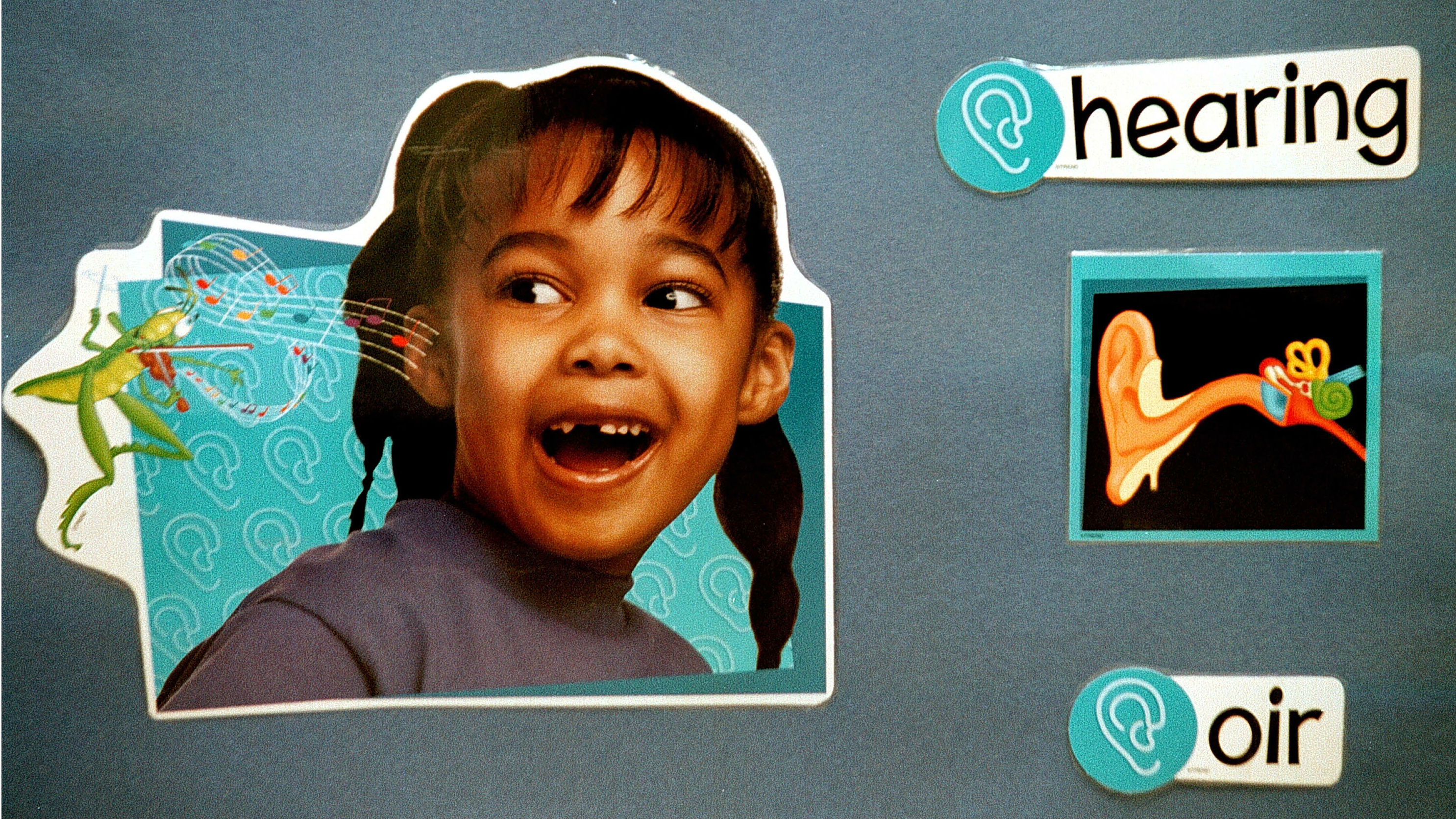A polyglot explains the tips (and myths) of learning new languages

- Big Think spoke with Arieh Smith, a New York City-based polyglot who runs the popular language-learning YouTube channel Xiaomanyc, about the basics of learning new languages.
- Smith emphasizes the importance of learning practical phrases and using them in real-life conversations.
- Learning a new language isn’t only for those who are smart or linguistically gifted; it is something virtually anyone can do with consistent effort.
When I visited Buenos Aires last year, I thought the six semesters of Spanish I took in school would pay dividends. The fast flow of Spanish from Argentinians quickly killed that delusion. I realized I had forgotten most conjugation rules and vocabulary, and I was able to formulate only simple, stilted sentences: “I can have a beer?”
So it was admittedly encouraging to hear that Arieh Smith, a New York City-based polyglot who runs the popular language-learning YouTube channel Xiaomanyc, didn’t leave his first foreign language classes with much proficiency either.
“In high school, I was actually terrible at learning languages,” he said. “I spent years learning Latin and Greek and Hebrew, and it just never clicked. I would be just very confused why, year in and year out, I would have no understanding of this material despite pretty good grades and, you know, continually doing the work.”
It finally clicked when he entered a one-year immersion program, through Princeton University, to learn Chinese in Beijing. Students had to sign a pledge: If you speak English at any time during the program, you get kicked out (a policy that had been enforced at least once, he said). Smith eventually became fluent in Chinese, partly through the constant immersion in a Chinese-speaking environment, and partly through language-learning software that utilizes spaced repetition, a technique where review intervals are progressively increased to enhance long-term retention.
Practical phrases and comprehensible input
But neither of those is necessary for learning a language. Studying Chinese helped Smith develop more straightforward learning strategies he would later apply while learning dozens of other languages over the following years. One key strategy: Instead of memorizing a long list of random words, he studied practical phrases that he was likely to use in conversation, such as “Does this cost $1.50 or $2?” or “Do you have coffee?”
“[Words] don’t have as much meaning as when they’re put into useful, chunkable phrases that are relevant to you and your day-to-day life,” Smith said. “It just hooks in with the way our brains naturally learn languages.”
There is also the fact that the phrases you use in, say, the grocery store are probably pretty simple. Case in point: The Oxford English Corpus, the largest record of English words, contains more than 600,000 entries, but an analysis of thousands of English texts found that just 100 lemmas (the base form of a word, like “climb” is to “climbing”) accounted for half of all words used in those writing samples.
Smith said he keeps a document of English phrases he commonly uses in conversation so he can translate them into whatever language he wants to learn when starting a new one. The idea is to start using these phrases in real conversations as soon as possible, not spending too much time learning vocabulary. “There’s no way to get high fluency in a language without speaking,” Smith said. “For practical purposes, it’s impossible.”
Still, fluency also requires learning vocabulary. One concept that has helped Smith and many others efficiently learn languages is comprehensible input, first developed in the 1970s by linguist Stephen Krashen. Comprehensible input refers to listening or reading the target language at a difficulty slightly above your current level of proficiency. It’s a process that mirrors how children learn languages: They might not understand every word in a sentence, but they can use context clues to derive the meaning, and over time they accumulate more and more words.
The key is finding the sweet spot.
“I can’t tell you how much time I’ve wasted [earlier in my language-learning career] trying to immerse myself in media that was way above my level,” Smith said, bringing up the time he made a YouTube video where he tried to learn Japanese by watching hours of the TV show Naruto with Japanese audio and subtitles. “The end result of that was I learned almost no Japanese.”
What better helps you find comprehensible input is through conversation with a friend or tutor. “They’re tailored to your level,” Smith said. “You start from a basic point, you get more and more complex, and you build over time.”
Misconceptions about learning languages
Smith said it is a misconception that learning new languages is only for smart people or those naturally gifted in linguistics. Natural talent does exist, but it’s not everything. Smith brought up an analogy he heard from another language-learning YouTuber, Matt vs Japan, which is that learning a language is like losing weight: It’s hard but not in the same way that learning calculus is hard. “Everybody can understand how a language works,” Smith said. “It’s not a problem.”
Consistent effort is probably more important.
“If you’re a person who’s not that smart but really good at grinding, you’re going to way outpace someone who is smart but not that good at grinding,” he said.
I asked Smith about the awkwardness people might feel when speaking a new language with native speakers.
“I’m not really a natural extrovert, so it’s also something I’ve had to overcome,” he said. “One thing that I realized, even before doing any of this as a business, is also that people really appreciated it when I spoke even a little Chinese.”
This phenomenon might not be universal: An American touring Paris probably won’t amuse the waiter by ordering in French. Still, Smith said that learning languages, even on a very basic conversational level (which is his level of proficiency in most of the languages he has studied), helps you learn about the cultures in which they developed — both through the idiosyncrasies of the language and the people those languages enable you to speak with.
“It just forced me to, go to like, Little Haiti in Brooklyn and try to speak in Haitian Creole, which is probably something I’d have never done. And the same for Punjabi or Vietnamese.”
As for whether some languages are inherently more useful or beautiful than others? “Personally I would say I prefer the sound of certain languages,” Smith said, noting that Welsh, to his ears, is more beautiful than most other languages. “Ultimately, the way that I really see languages is as a tool… I’ve always been skeptical of the idea that some languages are better at communicating ideas. I think that, fundamentally, whatever any language can express has to be able to be expressed by another language.”





